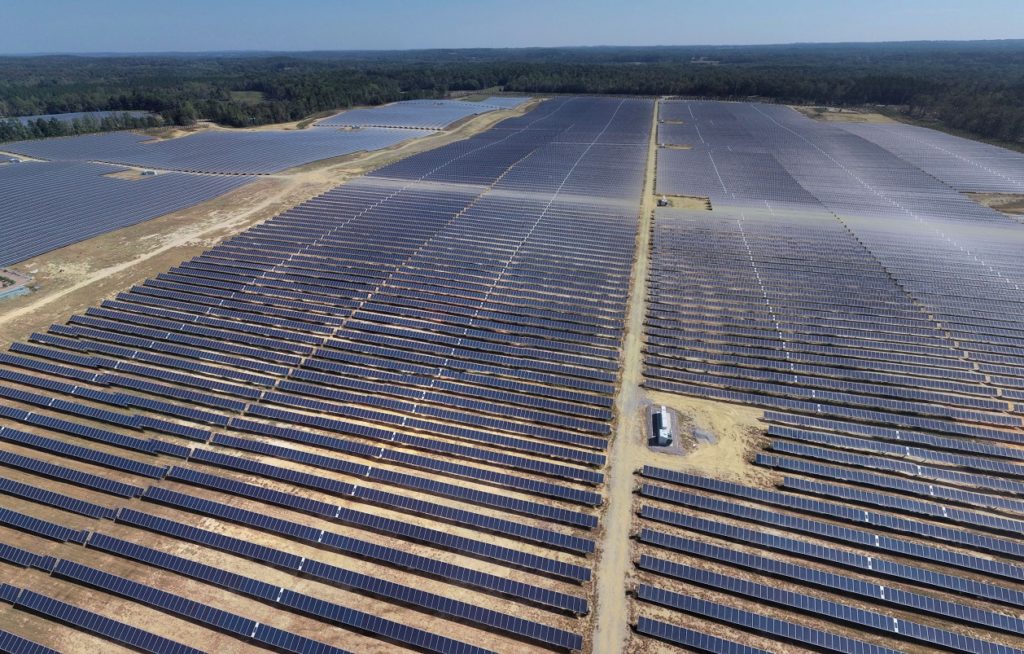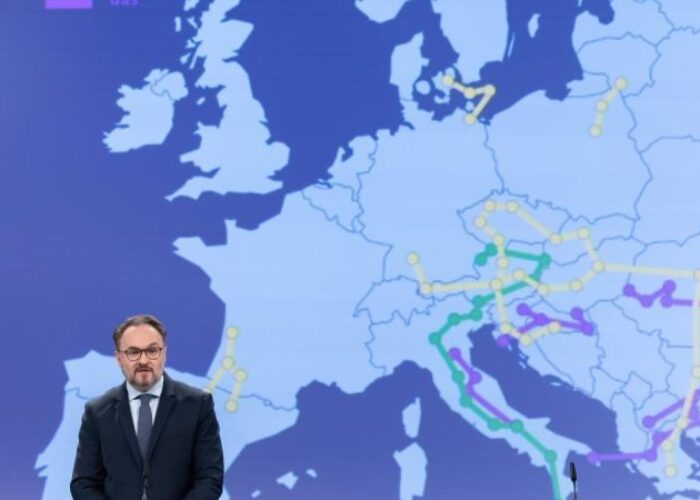
The US’ transition to a carbon pollution-free power sector could see solar provide more than 40% of the country’s electricity by 2035, up from the current 3% level, according to a memo from the Department of Energy (DOE).
Realising solar’s potential requires historic investments to accelerate the deployment of residential, commercial and utility-scale solar systems, a White House statement said, with deployment needed to accelerate three to four times the current rate by 2030 to meet President Biden’s goal of creating a 100% carbon-neutral power system.
Try Premium for just $1
- Full premium access for the first month at only $1
- Converts to an annual rate after 30 days unless cancelled
- Cancel anytime during the trial period
Premium Benefits
- Expert industry analysis and interviews
- Digital access to PV Tech Power journal
- Exclusive event discounts
Or get the full Premium subscription right away
Or continue reading this article for free
Among the tools put forward by the DOE to help the country meet this target are the investment and production tax credits (ITCs and PTCs). Currently, the PTC will expire at the end of 2021, while the ITC will phase down for residential solar in 2023 and commercial and utility-scale solar in 2024.
Additionally, direct pay tax incentives for transmission and storage, similar to the solar ITC, could help mobilise billions of dollars of private capital into much-needed transmission lines and new battery storage, the memo said.
In terms of manufacturing, the DOE said that given concerns about forced labour in the solar supply chain in China, “the need for domestic capacity to meet goals has expanded”. In response to allegations of forced labour in China’s Xinjiang region, the US implemented a withhold release order that has essentially blocked the import of silicon metal products from Hoshine and its subsidiaries.
The US currently has over 2GW of thin-film PV manufacturing capacity and another 3GW of PV silicon module assembly, according to the DOE, with this set to be increased through a new 3.3GWdc thin-film module plant from First Solar in Ohio that is expected to begin commercial operations in 2023.
The growth of US solar will require continued research and development investments in new solar materials, demonstration projects, material supply chains, and the building or retooling of manufacturing facilities for the production of advanced energy technologies, the DOE said. It was announced last week that nine projects will share in US$14 million of funding from the department to speed up the commercialisation of technologies that can help integrate more solar into the grid.
It is also hoped that the proposed clean energy investments in the bipartisan infrastructure deal, which was passed by the Senate last week, will serve as a catalyst for job creation. A pathway to a largely decarbonised electricity sector could mean between 500,000 and 1.5 million people will work in the US solar sector by 2035, the DOE suggested.
Despite the US posting record PV deployment figures in 2020, employment in the country’s solar sector fell last year to its lowest level since 2015, according to recent research co-published by the Solar Energy Industries Association (SEIA). However, many solar employers are expecting to bounce back and expand their workforce this year.
Responding to the DOE memo, SEIA CEO Abigail Ross Hopper said the report makes it clear that reaching a zero-emissions grid will require billions of dollars of investment and market opportunities until 2050 across all clean energy generation, including energy storage, electricity delivery, operations and maintenance, as well as community solar and solar for low- and moderate-income communities.
“President Biden also plans to extend the solar investment tax credit, build US manufacturing, accelerate transmission and storage expansion and build diversity, equity, inclusion and justice goals into this transition to a clean energy economy. Good trade policy also will be critical to the president’s climate goals,” she said.






